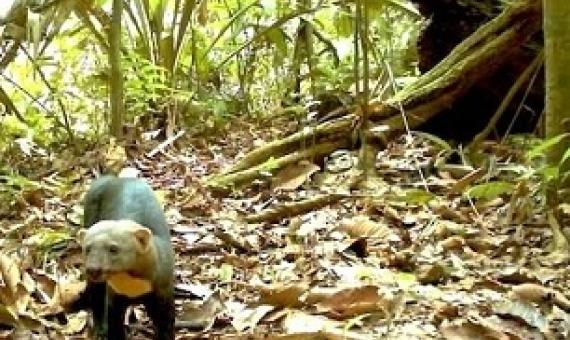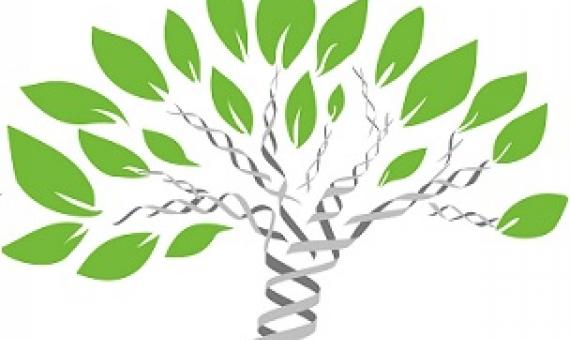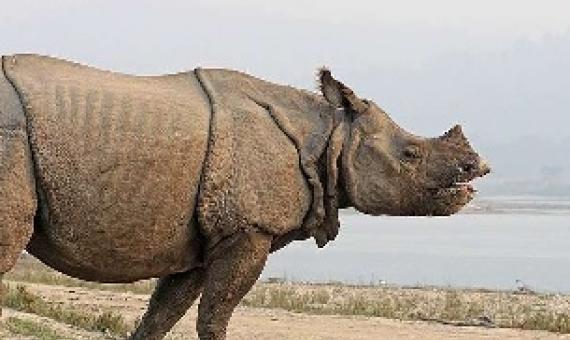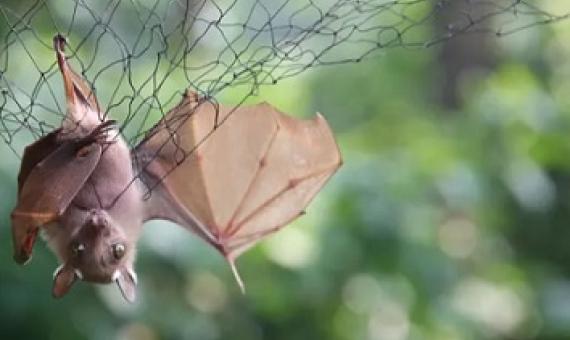By 2030, if the "30 by 30" initiative supported by more than 100 countries is successful, 30% of our land and ocean ecosystems will be designated protected areas meant to safeguard biodiversity and help limit the impacts of climate change.
The effects of protected areas on the ecological niches of birds and mammals
Protected areas are a cornerstone for biodiversity conservation, and typically support more natural and undisturbed habitats compared to unprotected lands. The effect of protected areas on intra-specific ecological niche has been rarely investigated. Here, we explore potential differences in ecological niche properties of birds and mammals across protected and unprotected areas, and relate such differences to species traits.
Human impacts on mammals in and around a protected area before, during, and after COVID-19 Lockdowns
The dual mandate for many protected areas (PAs) to simultaneously promote recreation and conserve biodiversity may be hampered by negative effects of recreation on wildlife. However, reports of these effects are not consistent, presenting a knowledge gap that hinders evidence-based decision-making.
Global protected areas seem insufficient to safeguard half of the world's mammals from human-induced extinction
Protected areas (PAs) are a cornerstone of global conservation and central to international plans to minimize global extinctions. During the coming century, global ecosystem destruction and fragmentation associated with increased human population and economic activity could make the long-term survival of most terrestrial vertebrates even be more dependent on PAs. However, the capacity of the current global PA network to sustain species for the long term is unknown. Here, we explore this question for all non-volant terrestrial mammals for which we found sufficient data,∼4,000 species.
Discovering and describing new species is essential to biology researchers and conservationists because they use species as a unit of analysis.
Tropical mammal functional diversity increases with productivity but decreases with anthropogenic disturbance
A variety of factors can affect the biodiversity of tropical mammal communities, but their relative importance and directionality remain uncertain. Previous global investigations of mammal functional diversity have relied on range maps instead of observational data to determine community composition.
A University of Queensland-led research team has revealed that many endangered mammal species are dependent on protected areas, and would likely vanish without them. Professor James Watson, of UQ and the Wildlife Conservation Society, said despite the success of protected areas, their p
Protected areas are now the last strongholds for many imperiled mammal species
The global network of terrestrial protected areas (PAs) has experienced a fourfold expansion since the 1970s. Yet, there is increasing debate around the role of the global PA estate in covering and sustaining threatened species, with serious ramifications for current PA financing and the setting of post-2020 global conservation targets.
How many bird and mammal extinctions has recent conservation action prevented?
Aichi Target 12 of the Convention on Biological Diversity (CBD) contains the aim to ‘prevent extinctions of known threatened species’. To measure the degree to which this was achieved, we used expert elicitation to estimate the number of bird and mammal species whose extinctions were prevented by conservation action in 1993–2020 (the lifetime of the CBD) and 2010–2020 (the timing of Aichi Target 12). We found that conservation action prevented 21–32 bird and 7–16 mammal extinctions since 1993, and 9–18 bird and two to seven mammal extinctions since 2010.
Viruses love bats. The flying nocturnal mammals make outstanding hosts because — just like people — they live in large, dense groups, their air travel spreads germs between populations and their longevity enables a virus to persist for years in an individual animal.



